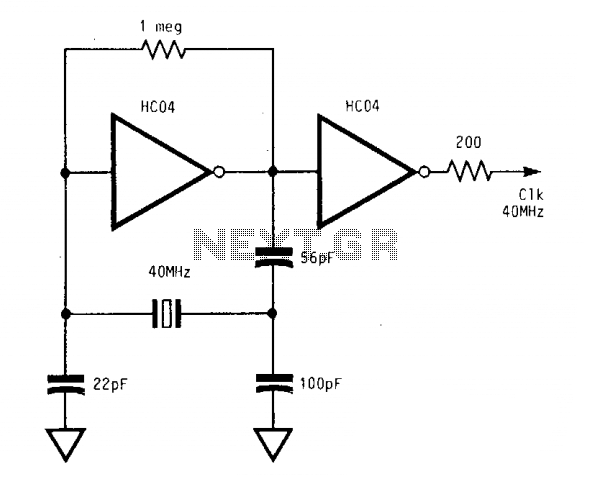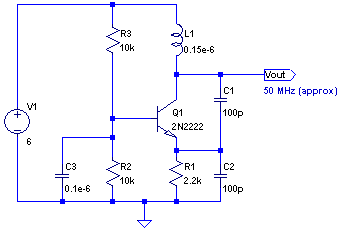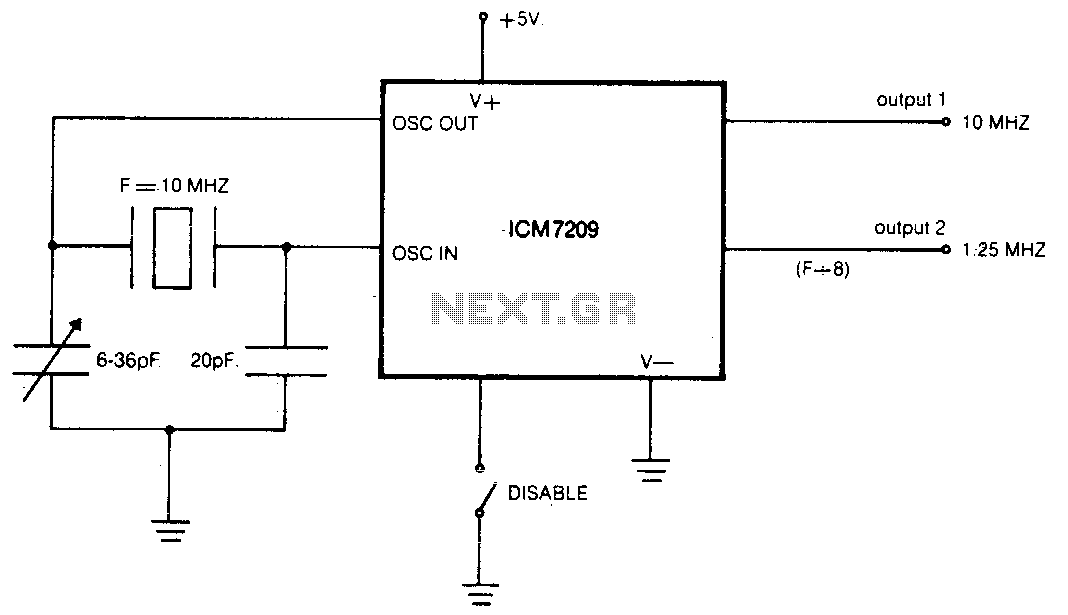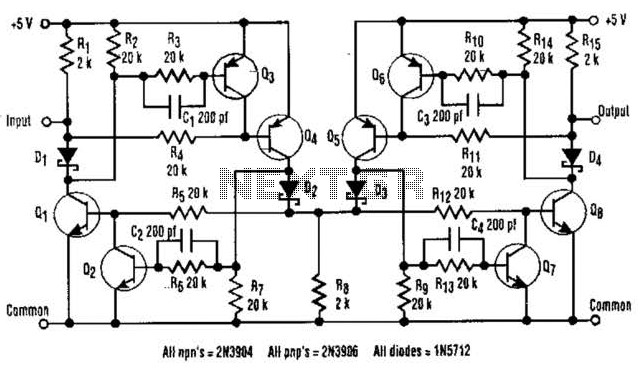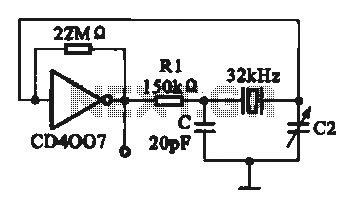
quartz clock timebase
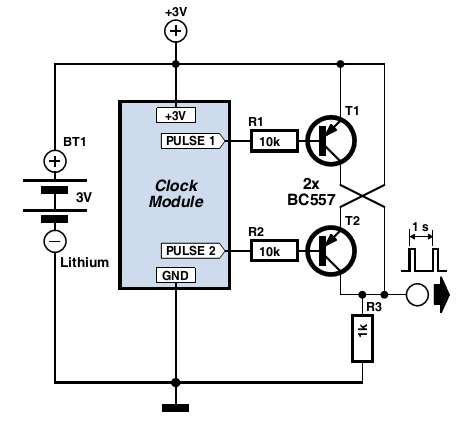
Many electronic projects require a timebase generator that is accurate to within a second. One method of achieving this is through the use of a microcontroller, quartz crystal, and appropriate software. However, a more cost-effective and straightforward approach is to repurpose an old analog quartz clock. After examining several clocks, it was found that they all employ the same drive method: a small solenoid coil is pulsed by a current that reverses direction every second. In the illustrated module, this coil is connected between the pins labeled Pulse1 and Pulse2. Typically, both pins are held high at the supply voltage, but once every second, the clock's electronics pull one pin to ground, followed by the other, for approximately 25 milliseconds. To complete the circuit, only five additional components are necessary (as shown in the diagram). When either of the pulse pins is grounded, the corresponding PNP transistor becomes conductive. This results in a narrow pulse being generated once per second, which is suitable for interfacing with digital circuitry. The clock module has been effectively utilized as a timebase for a data logger, demonstrating excellent performance. Although the original clock operated on a 1.5 V supply, this modified setup functions well with a 3 V lithium battery, showing no issues after three months of continuous use.
The described timebase generator circuit leverages the existing pulse generation mechanism of an analog quartz clock to create a reliable timing signal. The circuit consists of a solenoid coil, which acts as the primary actuator, connected between two designated pulse pins. The clock's internal electronics manage the pulsing action by alternating the voltage levels on these pins, which in turn activates the solenoid. The five additional components required to complete the circuit include two PNP transistors, resistors, and capacitors that help shape the pulse output and ensure proper transistor operation.
When one of the pulse pins is grounded, the corresponding PNP transistor is turned on, allowing current to flow and creating a short-duration pulse. This pulse can be utilized as a clock signal for various digital applications, such as microcontroller timing or synchronization in data logging systems. The choice of a 3 V lithium battery enhances the circuit's efficiency and longevity, making it suitable for portable applications. The simplicity of the design allows for easy integration into existing electronic projects while maintaining high accuracy and reliability. This method of recycling an analog quartz clock not only reduces costs but also provides an innovative solution for generating precise time signals in a compact form factor.Many electronic projects call for a timebase generator, accurate to a second or so. One way of producing this is with a microcontroller, quartz crystal and some software. But a far cheaper and simpler approach is to recycle an old analogue quartz clock. After investigating a number of clocks the author discovered that they all use the same drive method: a tiny solenoid coil is pulsed by a current that reverses direction once a second. In the module illustrated this coil is connected between pins Pulse1 and Pulse2. Most of the time both pins are high` at supply voltage but every second the clock electronics pull first one and then the other of the pins down to ground for about 25 ms. We need just five additional components to complete the circuit (see diagram). When either of the pulse pins is at ground potential, the corresponding PNP transistor conducts. Once a second a narrow pulse is produced, which is ideal for our own digital circuitry. The author himself uses one of these clock modules as timebase for a data logger with excel-lent results.
Although the clock originally used a 1. 5 V supply, this new arrangement works fine with a 3-V lithium batter y. After three months using the same battery there have been no problems whatsoever. 🔗 External reference
The described timebase generator circuit leverages the existing pulse generation mechanism of an analog quartz clock to create a reliable timing signal. The circuit consists of a solenoid coil, which acts as the primary actuator, connected between two designated pulse pins. The clock's internal electronics manage the pulsing action by alternating the voltage levels on these pins, which in turn activates the solenoid. The five additional components required to complete the circuit include two PNP transistors, resistors, and capacitors that help shape the pulse output and ensure proper transistor operation.
When one of the pulse pins is grounded, the corresponding PNP transistor is turned on, allowing current to flow and creating a short-duration pulse. This pulse can be utilized as a clock signal for various digital applications, such as microcontroller timing or synchronization in data logging systems. The choice of a 3 V lithium battery enhances the circuit's efficiency and longevity, making it suitable for portable applications. The simplicity of the design allows for easy integration into existing electronic projects while maintaining high accuracy and reliability. This method of recycling an analog quartz clock not only reduces costs but also provides an innovative solution for generating precise time signals in a compact form factor.Many electronic projects call for a timebase generator, accurate to a second or so. One way of producing this is with a microcontroller, quartz crystal and some software. But a far cheaper and simpler approach is to recycle an old analogue quartz clock. After investigating a number of clocks the author discovered that they all use the same drive method: a tiny solenoid coil is pulsed by a current that reverses direction once a second. In the module illustrated this coil is connected between pins Pulse1 and Pulse2. Most of the time both pins are high` at supply voltage but every second the clock electronics pull first one and then the other of the pins down to ground for about 25 ms. We need just five additional components to complete the circuit (see diagram). When either of the pulse pins is at ground potential, the corresponding PNP transistor conducts. Once a second a narrow pulse is produced, which is ideal for our own digital circuitry. The author himself uses one of these clock modules as timebase for a data logger with excel-lent results.
Although the clock originally used a 1. 5 V supply, this new arrangement works fine with a 3-V lithium batter y. After three months using the same battery there have been no problems whatsoever. 🔗 External reference
